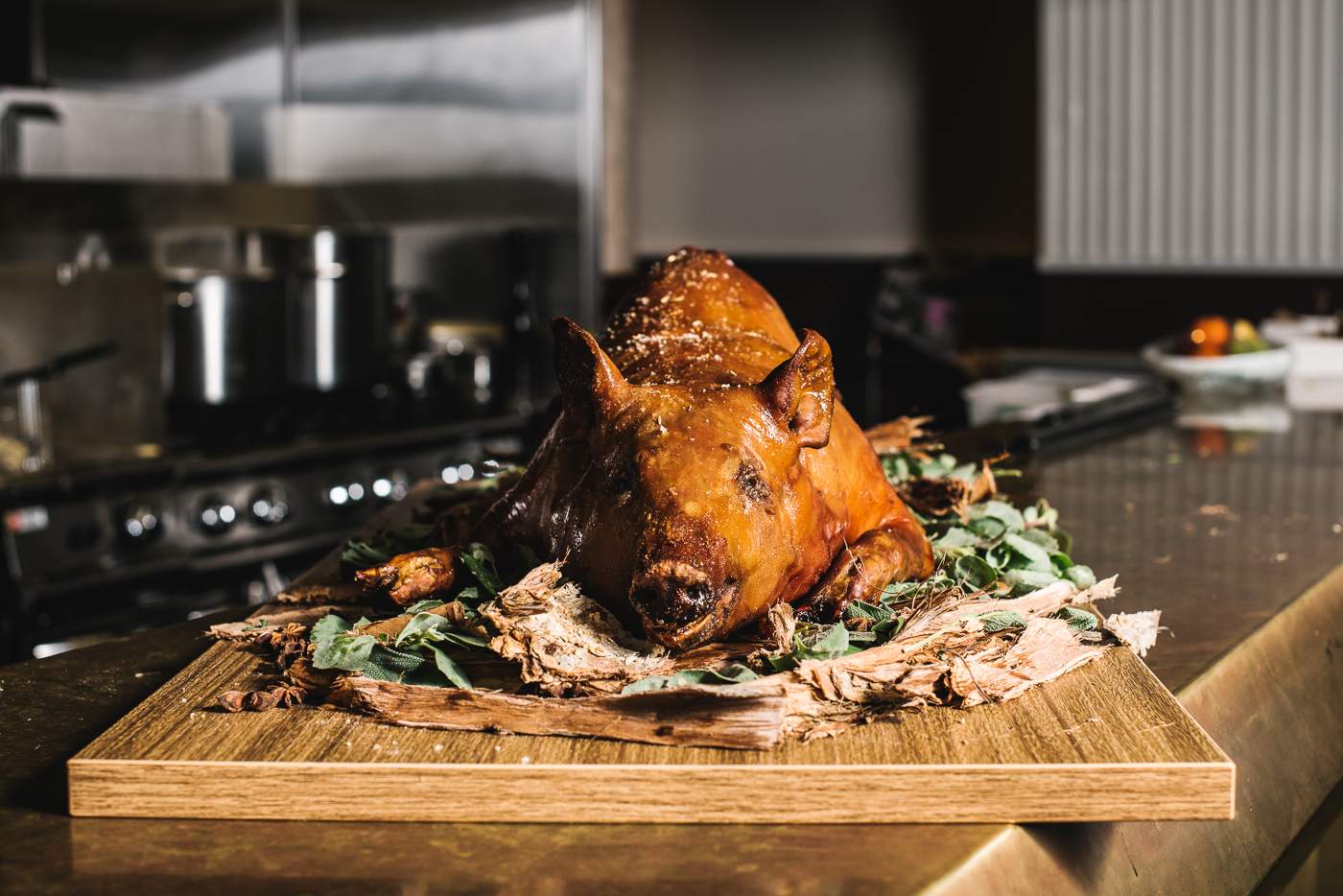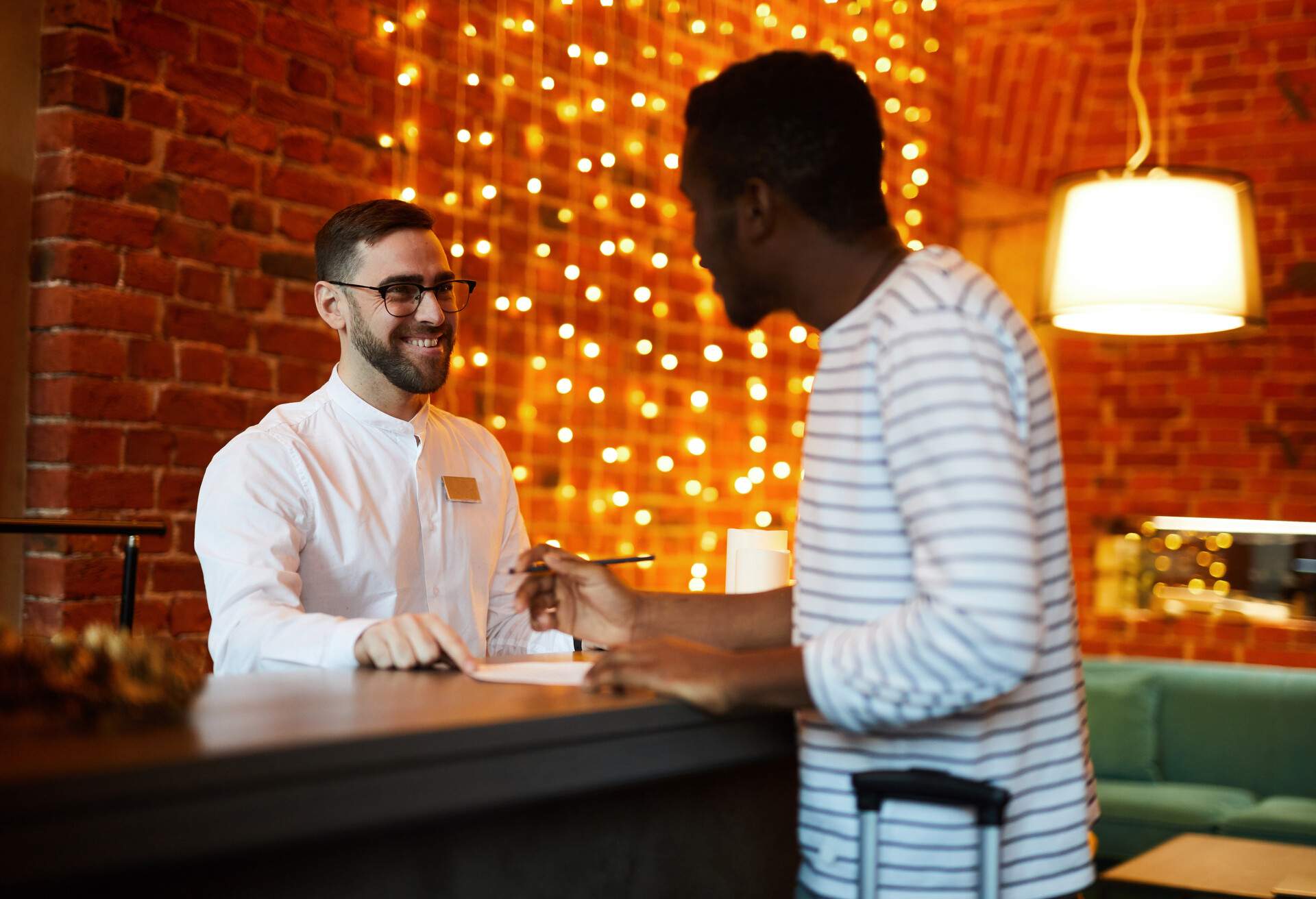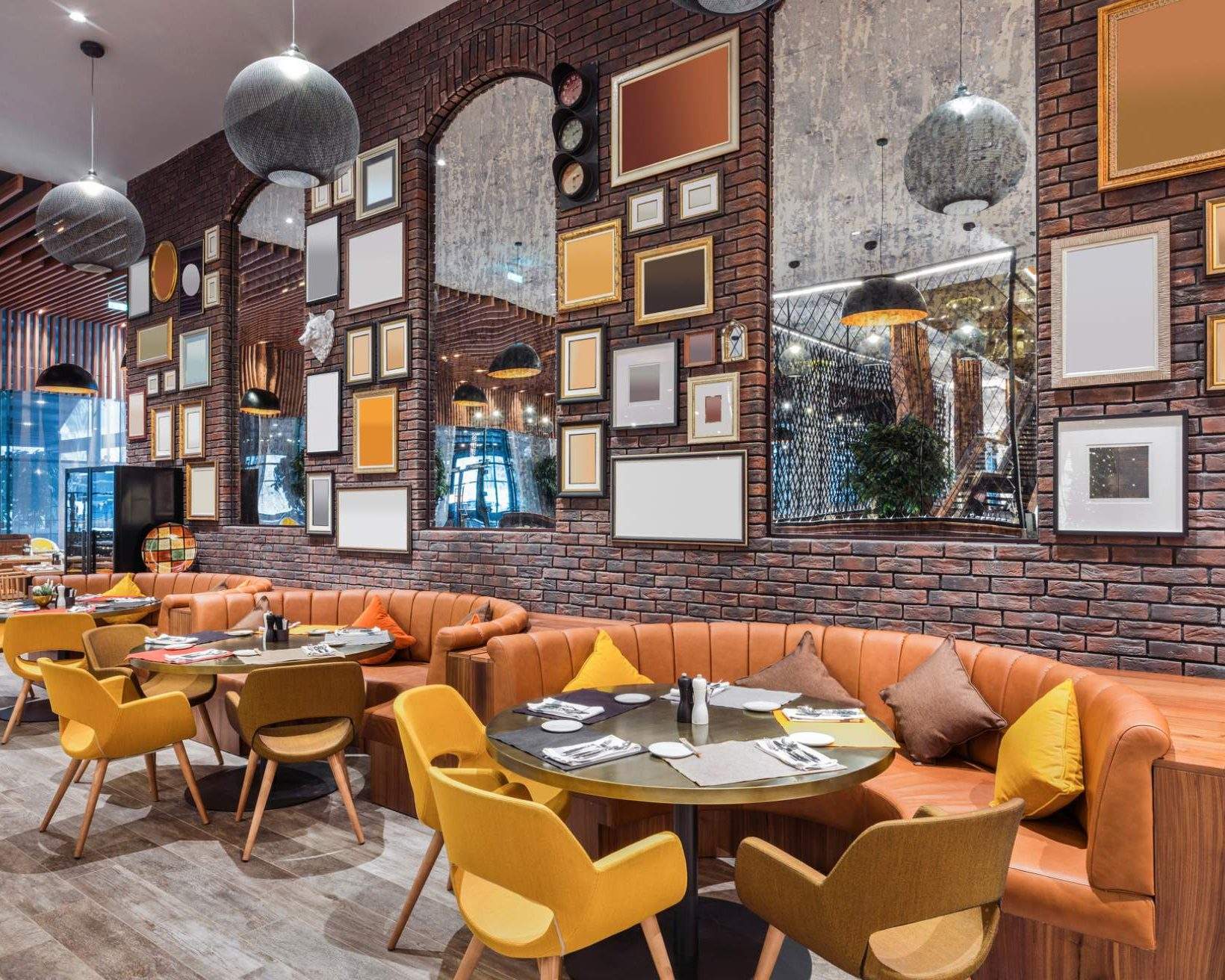There was a time, not so long ago, when dinner out at a restaurant meant an entrée, main and dessert. But that has increasingly changed in recent times, with more and more Australian restaurants embracing the share dining trend.

It’s a concept that suits the country’s easy-going nature, according to Daniel Menzies, who is executive chef at The Wilmot at Primus Hotel Sydney.
“I just think it’s a nice way of eating,” he says. “You can get together as a family or with friends and share the same flavours. It’s easy, and it’s a cheaper way to eat. It’s not going to hurt the pocket too much if you all chip in. It’s not so pretentious like your three-course meal, it’s more casual. That’s the reason people love this country – we’re so laid back.”

Menzies grew up at Cooranbong in regional NSW and believes sharing meals is a big part of country life. He previously worked at Bistro Moncur and Four in Hand, and embraced the share dining concept when he started at The Wilmot last August.
Share dishes on the menu include a 1.5kg tomahawk steak and a suckling pig. “From a whole pig you can get six portions, including the shoulder, the rib cage or leg,” Menzies says. “We usually give the customer the choice.” There’s also a large serving of calamari. “The whole calamari with two sides would serve four or five people,” he says. “You always need a nice green like greens or broccolini as a side, and potato gallette or hand cut chips.”
It has also become the norm at several other Sydney restaurants, including Matt Moran’s Chiswick at Woollahra and Chiswick at the Gallery, Porteno in Surry Hills and Restaurant Hubert.
But Menzies admits there is one disadvantage – losing your real estate in terms of value per head. “You could go from $100 a head down to $50 a head, but the pro is you get more people through the door,” he says. “But even though they may spend less on food they may spend more on alcohol.”
Commune co-director Nicolas Coulter, whose stable includes Thai restaurant BKK at Windsor in Melbourne, agrees.
“If everyone has their own entrée, main and dessert they’re all getting three dishes each,” he says. “With the share economy some people like to order a bit then order a bit more later on. At a traditional restaurant you order it all up front and it’s all locked in.”
But there are pros as well. “The sharing style is a lot easier for the kitchen to prepare and manage as well, especially for large tables where you’d otherwise have to get ten entrees up at the same time,” Coulter says. “It’s more challenging and you need more skilled staff to do that.
“The way we have structured it at BKK is everything is about the size of a medium dish. We’re staying away from the small/medium/large concept. Even for a couple we encourage at least six dishes to share. They come to the table at once and you have a mouthful of each.”
As well as char grilled pork skewers, chicken ribs and noodle dishes, BKK (previously Saigon Sally) offers larger share dishes including lamb shoulder for four people or more and a whole flounder.

Another Commune venue, wine bar Neptune, also offers a Spanish-tapas style grazing menu including anchovies, saganaki and charcuterie boards.
Coulter believes dining out is more about the overall experience now than just the food. “It’s a social thing,” he says. “I think it (the share dining trend) started more than a couple of years ago and I don’t think it’s going anywhere soon. It just gets stronger and stronger. There’s many reasons why. For people going out and catching up it increases the experience. Everyone gets to try a wide range of the menu. It’s just easy.
“The whole entrée, main and dessert has its place, but share dining has taken over. You get more variety and get a taste of a wide spread of the menu.”





